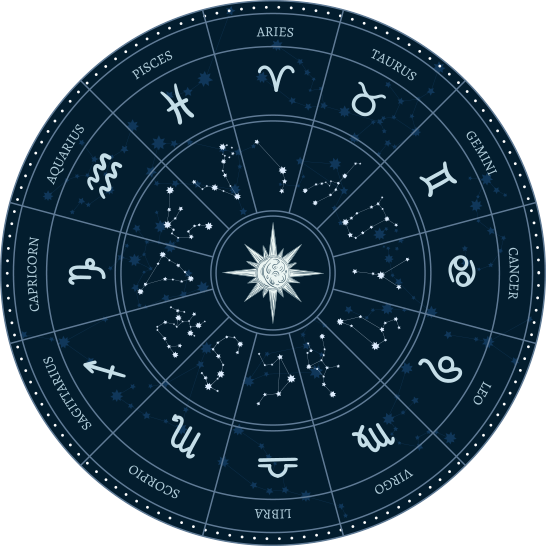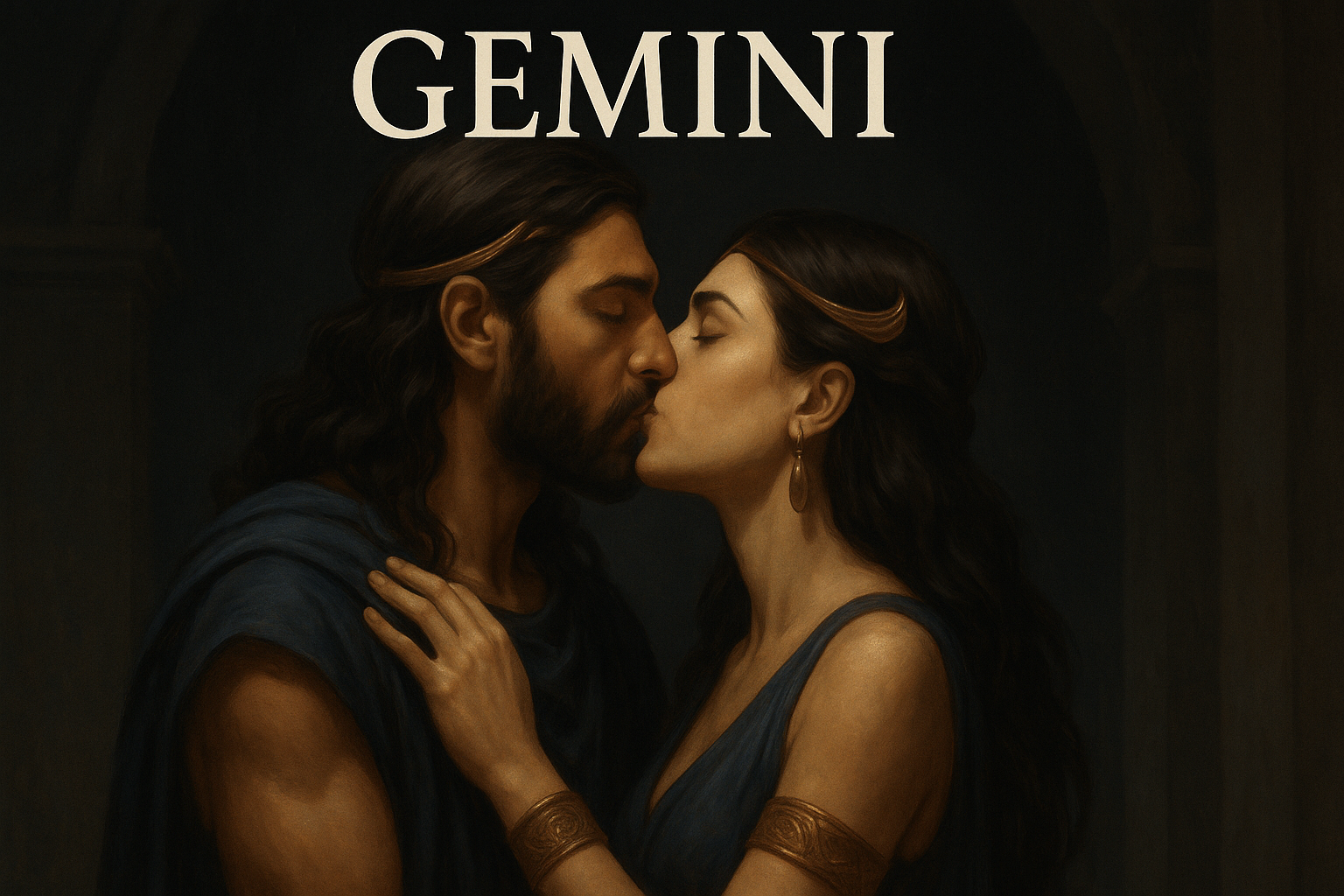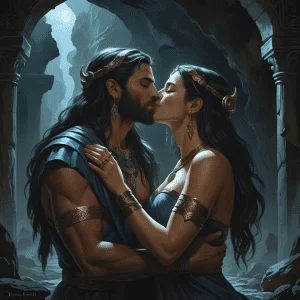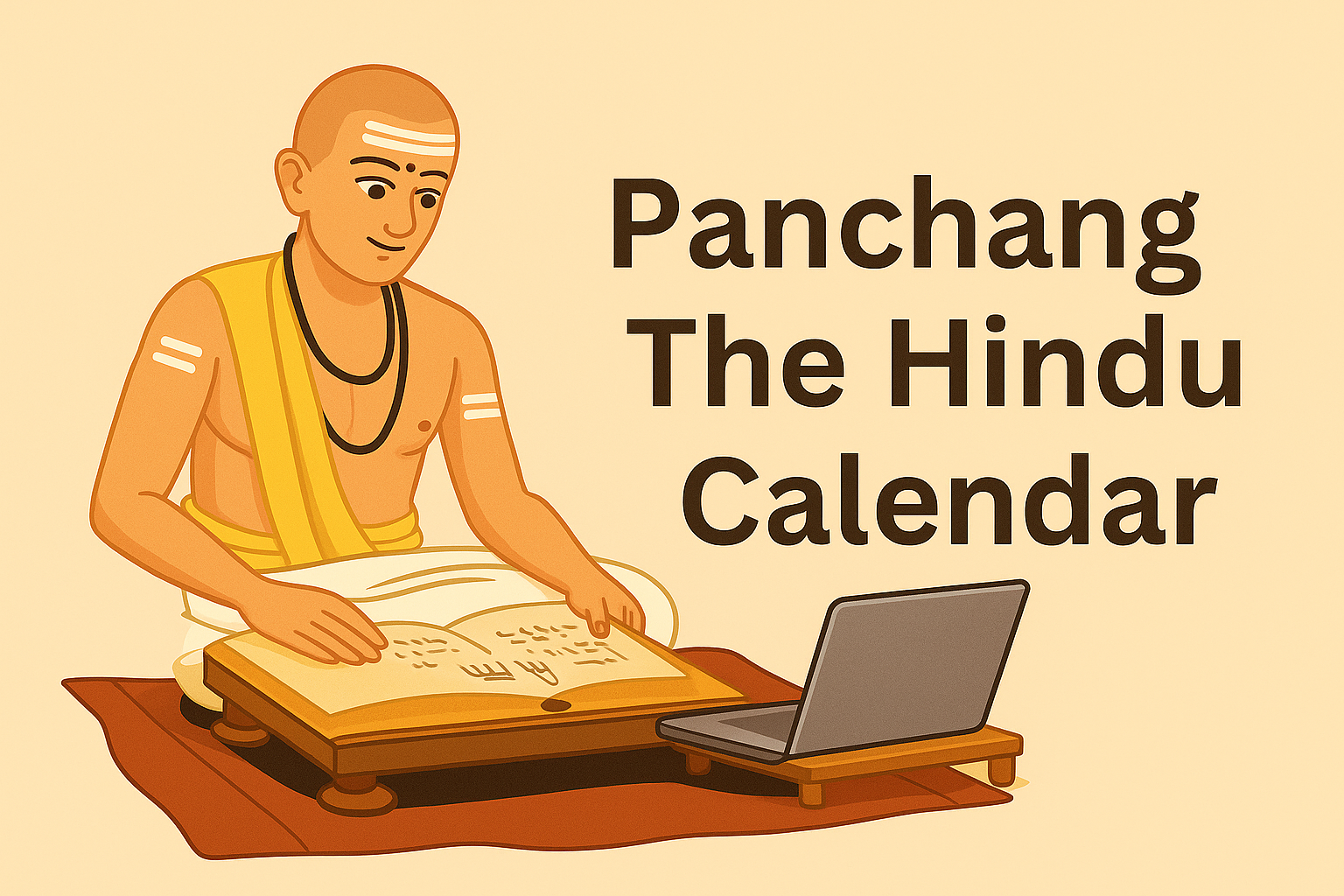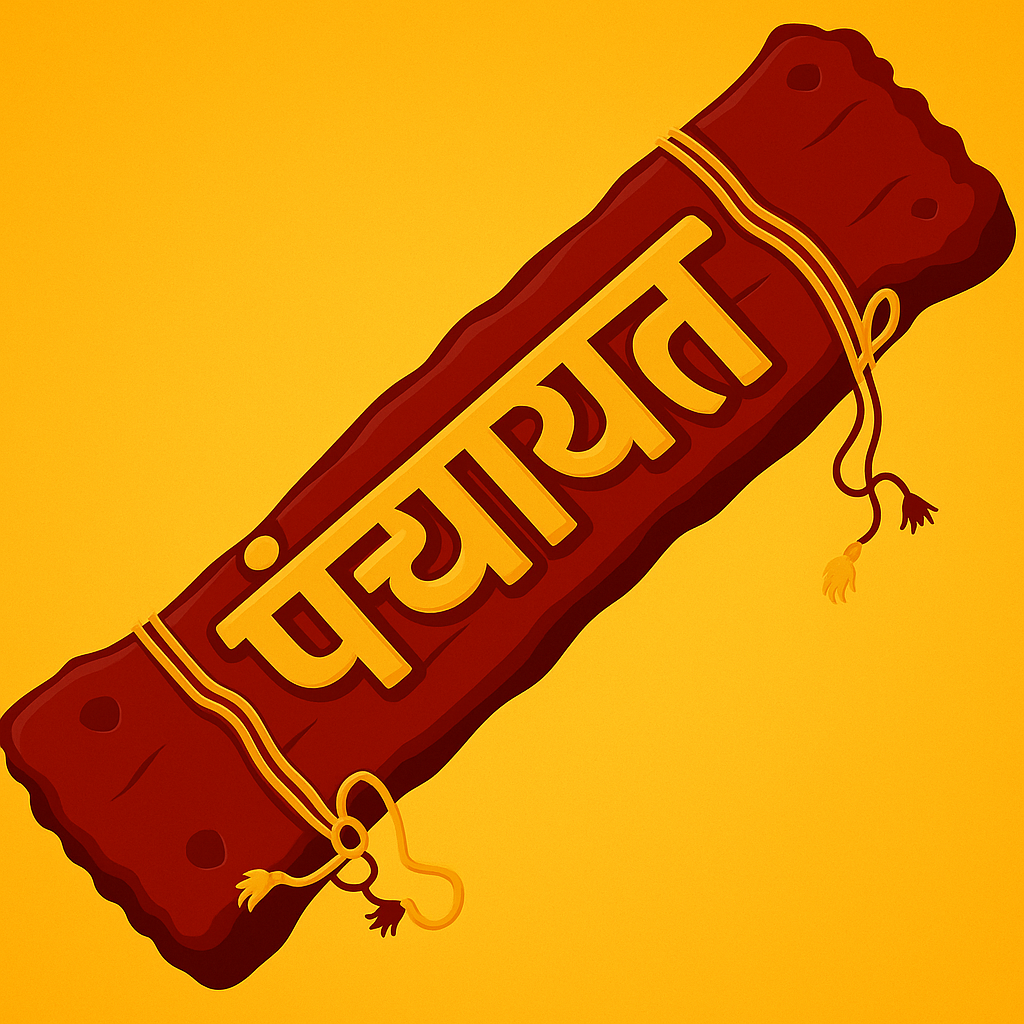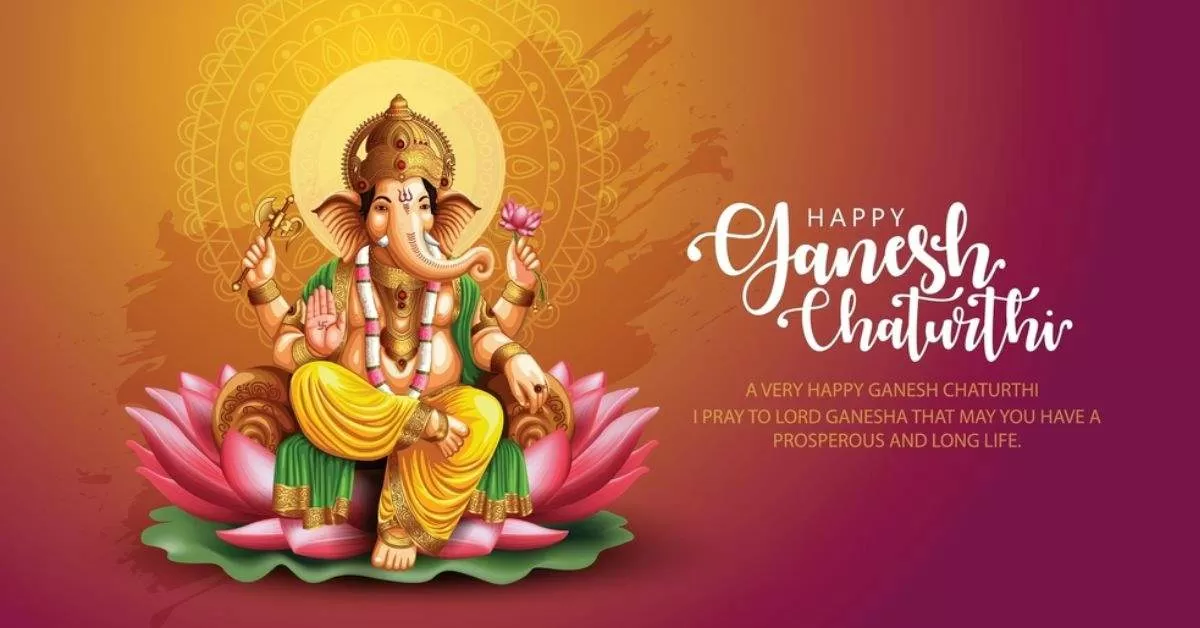🌑 New Moon in Gemini: Unlocking Love and Secrets in the Inner World
As the New Moon rises in Gemini, we are invited into a moment of sacred stillness—a darkness full of potential. This lunar phase is a time of introspection, healing, and deep connection. Under Gemini’s influence, we are called not just to think, but to feel, connect, and uncover hidden truths within ourselves.
✨ Gemini’s Ancient Connection to Mars
Long before the constellation Gemini became associated with the Greek twins Castor and Pollux, it was revered in Mesopotamia as the Great Twins, known as Lugalirra and Meslamtaea. Far from merely celestial brothers, they were twin aspects of Nergal, the ancient god of war, the underworld, healing, and protection—embodied in the red planet Mars.
But Nergal was not a god of mindless violence. The Mesopotamian Mars was powerful yet deeply complex—a warrior of light who slayed demons and protected the souls of the dead. He held both destruction and creation in his hands, wielding a sword of justice and compassion.
💘 God of War, or God of Love?
Nergal’s myth tells a tale of fear, love, and transformation. After offending the Queen of the Underworld, Ereshkigal, he must descend to face her. Overwhelmed by the thought, he trembles—but when he finally looks upon her, he falls in love. He surrenders his ego, joins her as consort, and becomes the sovereign of the underworld. This was not a fall from grace—but an initiation into deeper truth and connection.
Here lies the deeper message of Gemini: beneath the masks we wear are vulnerable hearts longing for authentic connection. The Great Twins guard the gate not just to the underworld, but to our own hidden selves—where fear meets love, and shadow transforms into strength.

🌌 Guardians of the Inner World
The Great Twins—Lugalirra and Meslamtaea—were protectors, warriors, and guides. They stood at the thresholds of life and death, not as gatekeepers, but as guardians of transformation. In Mesopotamian belief, the underworld wasn’t just a dark pit. It was a rich, fertile place—full of sacred trees, gardens of jewels, and ancient wisdom.
The name Meslamtaea literally means “he who rises from the flourishing blackness,” evoking a poetic image of growth emerging from shadow. It’s a message for us all: the greatest transformations often happen in our darkest hours.

🌿 The Tree of Life and the Axis Mundi
Many ancient cultures believed in a cosmic tree connecting the heavens, the earth, and the underworld. The Sumerians were no exception. Their concept of the “underworld” was more like a spiritual dimension—a place of both darkness and light, sorrow and love.
In this sacred place, the goddess Inanna received the knowledge of love, desire, and feminine power. It was not a descent into death, but a journey into the soul. So too, during this Gemini New Moon, we are invited to turn inward—not to lose ourselves in shadow, but to discover the brilliance within.
🌓 What This New Moon Means For You
This New Moon in Gemini offers a rare opportunity to confront your fears, embrace your duality, and open to love in unexpected ways. Like Nergal, you may feel fear at first—but if you journey through it, you may discover your inner queen or king waiting.
Ask yourself:
-
What am I hiding from?
-
What do I fear that might actually be a source of strength?
-
Where can I build deeper emotional bonds with others—and with myself?
🌠 Final Thoughts: Gemini, Love, and Light in the Dark
This Gemini New Moon isn’t just about communication or curiosity. It’s a powerful time of inner revelation and transformation. The Great Twins, born from ancient stars, invite you to walk through your inner gates. With them as your guides, you are safe to explore the darkest parts of your soul—because that is where true light is born.
Continue reading “🌑 New Moon in Gemini: Unlocking Love and Secrets in the Inner World “

